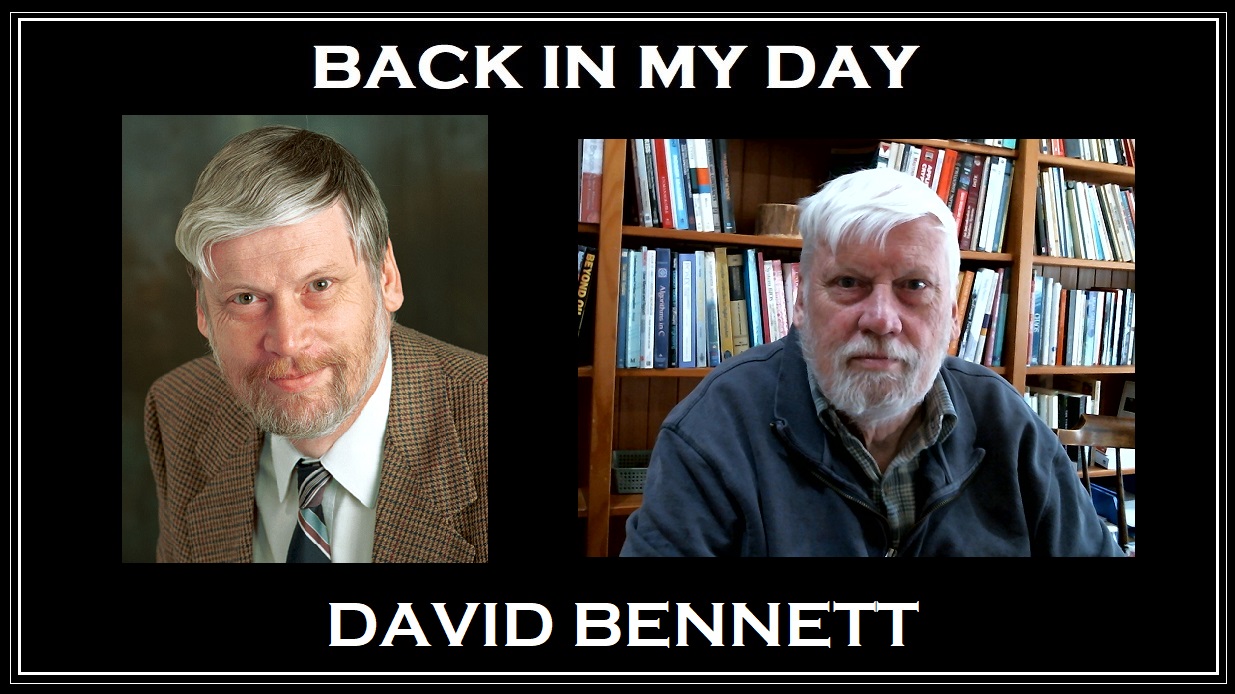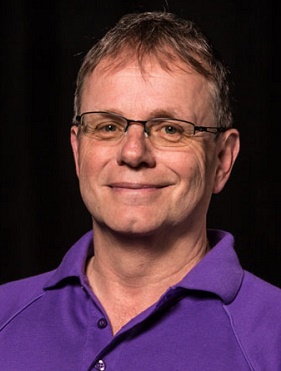‘Back in My Day’ is a new Information Age series profiling some of our older ACS members and Information Age readers speaking about their early days in IT.
This week, we speak with David Bennett, aged 74, from Glen Iris in Victoria.
Did you know that you wanted to work with computers right from the start?
No, when I started thinking about careers there was actually no such thing as IT; it simply didn’t exist.
Computers did exist, we’d heard of them, we knew about them, they were out there somewhere but the idea of anybody going to university with the intention of studying anything to do with computers in the mid-60s just didn’t exist.
So what career did you pursue?
The main choices at Monash University back in 1965 for professional careers were medicine, law and engineering. Dad was a doctor, and I had great matriculation results, so I went for medicine.
But right from the start I knew I wanted to learn about computers; I was a ham radio operator, I think like an engineer, and have always been drawn to logical thinking and analysis.
In my second year of medicine, in 1966, I found an unofficial way to access the university’s Control Data Corporation CDC 3200, which was roughly comparable in power to a desktop calculator of today, by entering a job number used by engineering students.
I then spent my nights teaching myself to program in Fortran by reading the CDC 3200 Systems Programming Manual which was not a very user-friendly document.
How were you able to put that knowledge to use within your medical studies?
In 1969, in my fifth year of medicine, I was able to choose an elective for six weeks and this gave me the opportunity to put my FORTRAN knowledge to use in writing software to analyse patient ECGs (electrocardiograms) that record heart rhythm.
A friendly professor had tried this and had tapes with ECGs on them so, using punched cards, I wrote a program to analyse the ECGs.
It needed lots of maths so I spent many hours in the library reading relevant maths books and it worked!
Sadly, there were no further opportunities to do computing in my medical degree after this so I had to push computers aside, finish my studies, and then did two years of postgraduate medicine in the UK, which is where I’m originally from – I had come here as a Ten Pound Pom in 1955.
So that was the end of computing for you?
Definitely not. Although I worked as a hospital doctor and GP for several years, including overseas, when I returned to Australia in 1974 computers were being introduced into hospitals in Victoria and I was invited to join the medical admin staff of the Alfred Hospital in the role of Fellow in Computer Medicine.
They had heard about my ECG work and interest in computers, and I was signed up to do medicine for one day per week and computing for the rest of the time.
I was in a team of four blokes and although the workload was intense, we achieved a lot.
We worked in close liaison with Monash University and shared their computing facilities and I went back to Monash to study some computing subjects using their Burroughs architecture, starting with the B5500.
During my time there we built a pathology system, a patient registration system that had more than 600,000 records, one for every patient who had ever been registered at the hospital, and we built a master index so patients could be looked up using a keyboard instead of via microfiche and physical cards.
I spent nine years in that role.
What kind of computing hardware did you use at the Alfred Hospital?
During that period, we worked with a CAI (Computer Automation Inc) general purpose data entry machine that used magnetic tape in cassette format, had a VDU (video display unit) and printer, and only 16K of memory.
We used this for Remote Job Entry to the Burroughs B5500 machine at Monash University and later upgraded to a system called MIDAS for patient registration with dumb VDUs accessing the B6700 at Monash/Health Computing Services.
In 1976 we used a Data General minicomputer for chemical pathology, then switched to a DEC PDP 11/70.
Three years later, we had a Cromemco and other microcomputers with 8-inch floppy disks that were mostly used for word processing.
In 1982 we were equipped with a Prime 550 minicomputer that had 819MB of disk space and 20 terminals throughout the hospital and this allowed searching of the master index.
How did your time at the Alfred Hospital end?
One day they told me “your job is finished”.
I had been on a yearly contract which they said wouldn’t be renewed but they did give me a few extra months to find a job and were very supportive.
What happened next?
By that time, I knew around 50 different computer languages, including Fortran, ALGOL and PL/1 and based on my proven experience I was offered a job as a consultant in medical computing, providing services to hospitals.
This was a new career direction because instead of writing code I was spending my days reading, writing, listening and talking.
To reconnect with hands-on computing, during my five years of consultancy I also began to develop my own product called ‘Powerflex’, which was inspired by the American ‘DataFlex’ product.
I spend 20 hours per week developing the product, from May 1985, alongside my 40 hours of consulting work per week.
What is Powerflex?
It’s an environment in which business applications can be built and features a compiler, runtime, user interface and database.
It can run under MS-DOS, Windows, Linux and AIX.
How did it go?
I knew that all I had to do to succeed was to produce a better and less expensive product than DataFlex, with better support.
In 1989 I registered Powerflex and started business from the garage.
Since then, my wife Margaret and I have signed lucrative contracts with several overseas companies and in total we had around 1,000 developers using Powerflex and sold enough licenses for around 100,000 end users, with many still being used.
We’re now in legacy mode but still sell licences (Margaret’s job) and provide support (my job).
What advice would you give to somebody looking for a job in computing?
First, they need to keep their skills current and then they should choose challenging tasks that demonstrate their capability and cultivate professional relationships, even months or years before the next job is needed.
There are only 3 things you care about when you hire somebody: 1) that they can get things done; 2) that they have the necessary skills; and 3) that they can interact with people effectively.
To get a really great job you need to stand out, not be just part of the crowd.
You need to find something you really like to do that is valuable to others, and work at being the best in the world at it.
For example, I made myself the best in the world at Powerflex, and for some people that’s important.
I’d recommend keeping an eye on opportunities, attending events, lifelong learning and connecting with people.
This is a truly wonderful and inspiring profession to be part of.










